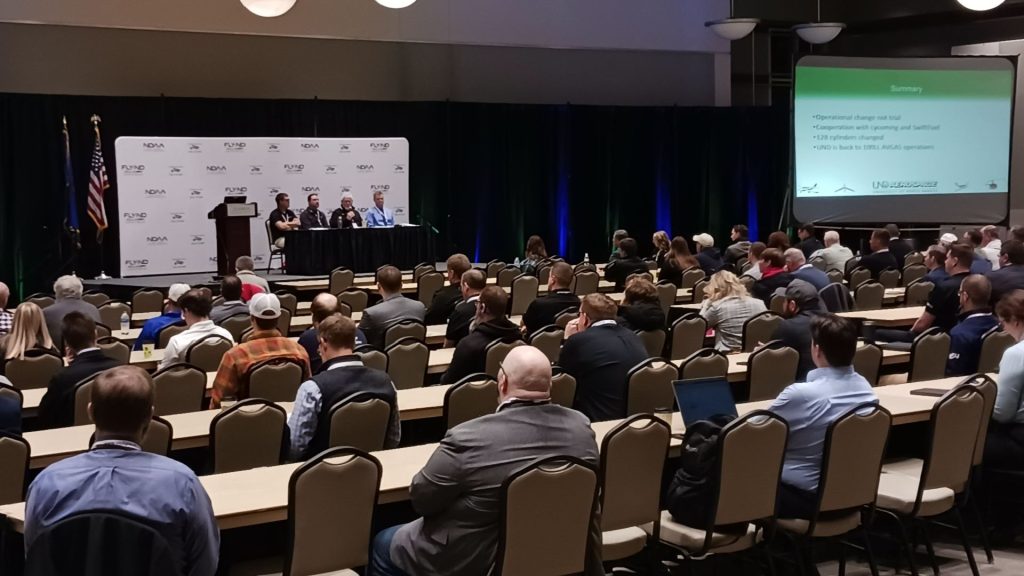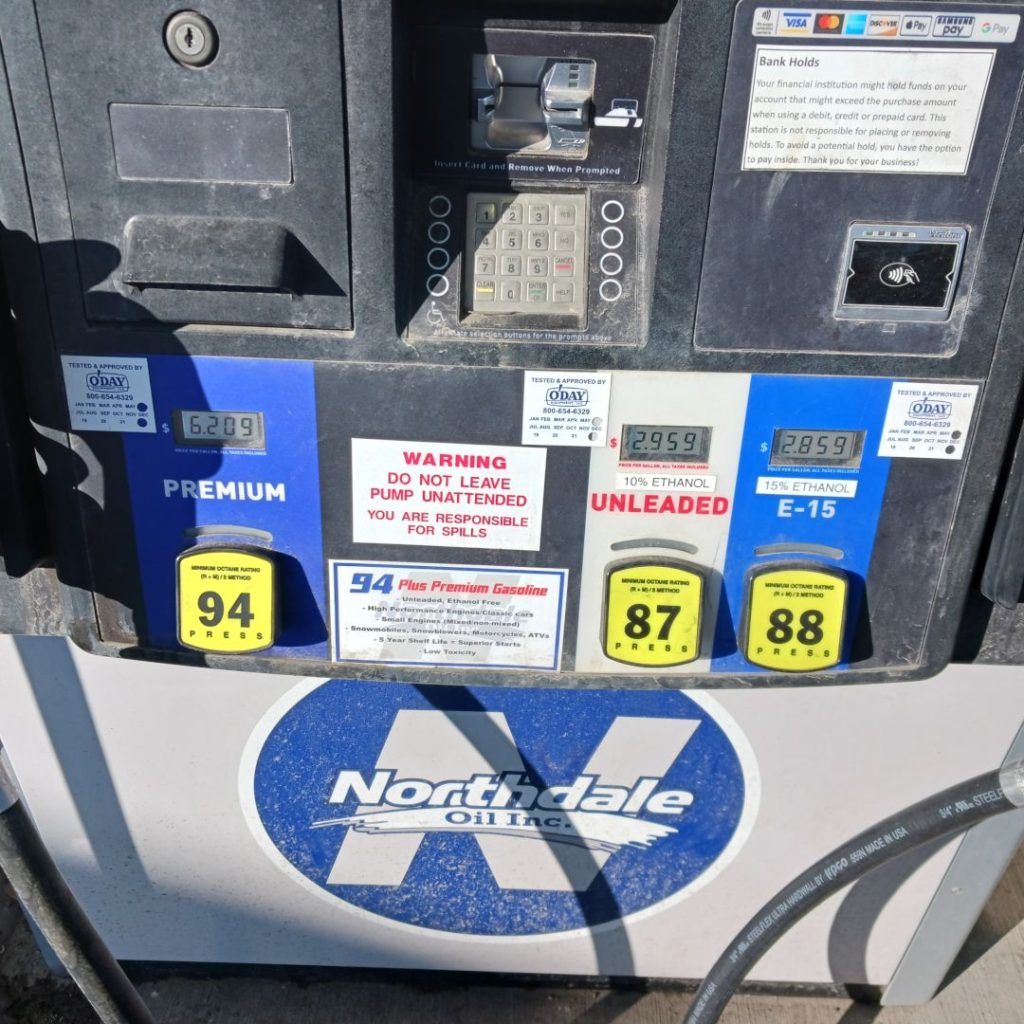
The University of North Dakota’s School of Aerospace Sciences confirmed it is continuing a pause in its switch to UL94, an unleaded avgas likely to replace 100LL, a legacy fuel with 2.2 grams of lead per gallon. The EPA and FAA are engaged in overlapping but separate efforts to eliminate leaded avgas over the next few years.
At EAA AirVenture 2023, UND announced a pioneering effort to use UL94 for its entire fleet of training aircraft. The school eventually plans to return to unleaded, but encountered teething issues, and is now waiting for a fix from engine maker Lycoming.
The results were promising at first. The University’s Piper PA28 Archers came into the repair shop running cleaner and their engines were easier for mechanics to take apart and repair. But then, after a fleet average of 450 power-on hours, their Lycoming IO-360 engines began to suffer from valve malfunctions.
The valve problems were generally irreparable except by swapping out the entire cylinder, quickly becoming a headache even with a fully staffed maintenance hangar. In a fleet that flies thousands of hours a week, the failures just kept coming at a concerning rate. UND’s mechanics ran though 120 replacement cylinders in just 4 months between June and October 2023, leaving only 60 in stock for the rest of the training year.
At present, UND’s mechanics lack a consistent theory for the failures. They briefly investigated fuel logistics as a factor, because other aircraft, like the American Champion Decathalon or the Robinson R44 helicopter, had similar engines but were still flying fine. Those aircraft mostly stick around Grand Forks, but the Archer, on the other hand, is frequently flown “cross-country” to other airports. Because 94UL was only available in Grand Forks, the planes often return filled with 100LL from another airport. But looking into this didn’t end up proving any strong link between switching fuel and the valve problems. Instead, it seemed more like planes that used more 100LL failed less.
Lastly, there were the economics of burning thousands of gallons of fuel. Though both fuels were comparable in price when UND made its decision, soon afterward, the price of 100LL dropped significantly, while UL94 stayed over $6.00 per gallon. UND Aerospace had promised students that the UL94 initiative would not be significantly expensive, yet was quickly forced to pass on relatively higher costs.

Though a plane can fly with a stuck valve, it isn’t airworthy in the full meaning of the term. Placing the change on hold, the Dean of Aerospace announced a move back to 100LL. Just like the switch to UL94, the fuel systems at GFK needed no modifications, only a few decals changed at the fuelling tanks and trucks. The remaining UL94 in planes was used normally, but new fuel loads used 100LL. The switch took just 4 days.
It seems clear that Lycoming will need to isolate the issue, and respond with a fix, whether that is some list of operational changes, or a physical fix to the valve design. The issues identified by the UND effort should go a long way toward finding the right answer as quickly as possible.
